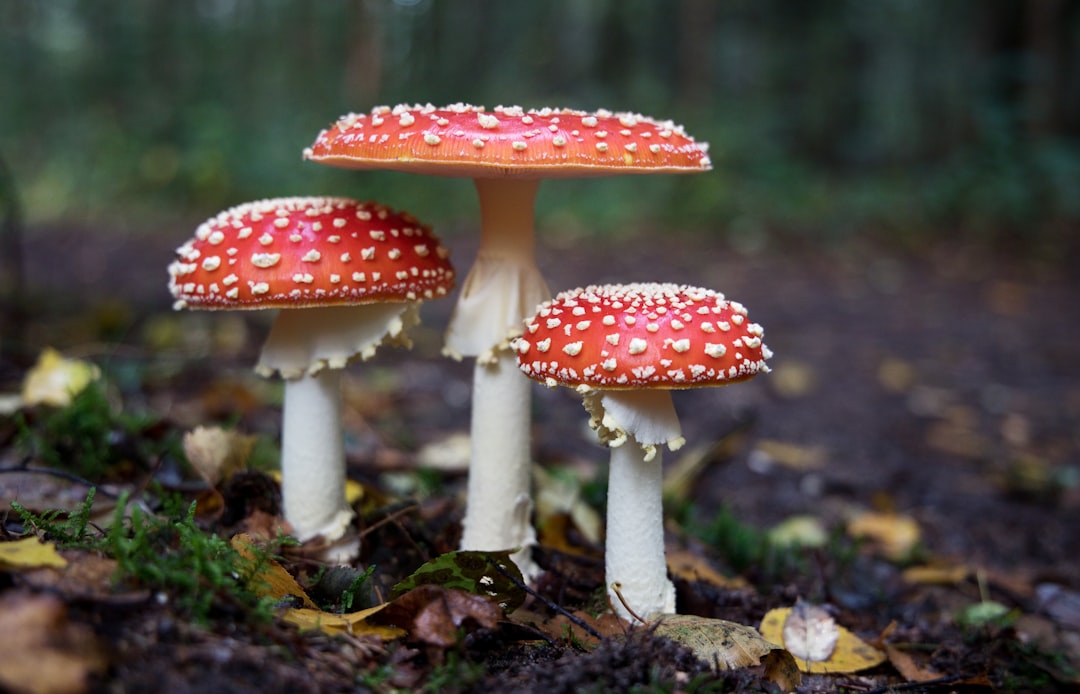Mushroom cultivation offers a unique and rewarding way to transform those shady, damp corners of your backyard into productive, edible landscapes. Unlike traditional gardening that thrives under abundant sunlight, mushrooms flourish in cool, moist environments. This guide will help you harness these conditions to start your very own backyard mushroom farm.
Why Grow Mushrooms in Your Backyard?
Optimizing Underutilized Spaces
-
Shady Corners: Many backyards have areas that receive little sunlight. These spots, often overlooked in conventional gardening, are perfect for mushrooms.
-
Moisture-Rich Environments: Mushrooms require a humid environment to grow. Damped or poorly drained areas can be transformed into ideal mushroom habitats with the right techniques.
Nutritional and Culinary Benefits
-
Fresh Produce: Enjoy a steady supply of fresh mushrooms that are not only delicious but also packed with nutrients.
-
Unique Flavors: From the delicate taste of oyster mushrooms to the robust flavor of shiitake, homegrown mushrooms can add a gourmet touch to your meals.
Choosing the Right Mushroom Varieties
Different mushroom species have varying requirements. For backyard cultivation in shady, damp areas, consider:
-
Oyster Mushrooms: Known for their ease of cultivation and ability to grow on a variety of substrates, oyster mushrooms are a favorite among beginners.
-
Shiitake Mushrooms: These mushrooms thrive on hardwood logs and offer a rich, savory flavor perfect for stir-fries and soups.
-
Wine Cap Mushrooms (Stropharia): Ideal for outdoor cultivation, these mushrooms can be integrated into garden beds and contribute to soil health.
Setting Up Your Mushroom Cultivation Area
Preparing the Environment
-
Identify a Suitable Spot: Choose a shaded area in your backyard that remains damp or receives consistent moisture. A spot near a water source or under a canopy of trees can work well.
-
Improve Humidity: Consider installing a simple misting system or using natural mulch to maintain moisture levels around your cultivation area.
Substrate and Materials
-
Substrate Options: Mushrooms grow on organic material known as substrate. Common substrates include straw, sawdust, coffee grounds, or hardwood logs. The choice depends on the type of mushroom you plan to cultivate.
-
Sterilization: Clean and sterilize your substrate to eliminate competing organisms. This step is crucial to ensure a successful mushroom crop.
-
Containers and Beds: You can use bags, plastic containers, or dedicated garden beds filled with your prepared substrate. For log-based cultivation, drill holes in hardwood logs and fill them with mushroom spawn.
Inoculation and Care
Inoculating the Substrate
-
Introducing the Spawn: Once your substrate is ready, evenly distribute the mushroom spawn throughout. For log cultivation, insert spawn plugs into pre-drilled holes.
-
Sealing and Incubation: Cover your inoculated substrate with a breathable material like burlap or a plastic sheet with ventilation holes. This cover helps maintain humidity while allowing the mycelium (the mushroom’s network) to establish.
Maintaining Optimal Conditions
-
Regular Moisture: Keep the substrate moist but not waterlogged. Regular misting or a drip irrigation system can help maintain the right humidity level.
-
Temperature Control: Mushrooms generally prefer cooler temperatures. If your backyard gets too warm, consider using shade cloths or placing your cultivation area in a naturally cooler spot.
-
Air Circulation: Ensure adequate airflow to prevent mold and bacterial growth. However, avoid strong winds that might dry out your substrate.
Harvesting and Enjoying Your Mushrooms
Recognizing the Right Time to Harvest
-
Mushroom Cap Development: Harvest your mushrooms when the caps are fully expanded but before they begin to flatten or drop spores. This timing ensures optimal flavor and texture.
-
Gentle Handling: Use a sharp knife or gently twist the mushrooms off the substrate to avoid damaging the mycelium, which can produce subsequent flushes of mushrooms.
Culinary Uses and Storage
-
Fresh or Dried: Enjoy your mushrooms fresh, or dry them for longer storage. Drying intensifies the flavor, making them a versatile ingredient in various dishes.
-
Recipe Inspiration: Use your homegrown mushrooms in sautés, soups, stir-fries, or even as a meat substitute in vegetarian recipes.
Troubleshooting Common Issues
-
Contamination: If you notice an unusual smell, discoloration, or slimy texture in your substrate, it might be contaminated. Remove affected areas immediately to prevent the spread.
-
Pest Management: While mushrooms are less prone to pests than many plants, slugs and insects can still pose a threat. Use natural pest deterrents and maintain cleanliness around your cultivation area.
-
Inconsistent Growth: Variations in moisture or temperature can affect mushroom growth. Regularly monitor your environment and adjust watering or shading as necessary.
Conclusion
Mushroom cultivation in your backyard is a creative way to utilize shady, damp spaces that might otherwise go to waste. By choosing the right varieties, preparing your substrate carefully, and maintaining optimal environmental conditions, you can enjoy a bountiful harvest of gourmet mushrooms. Embrace this unique form of backyard farming and discover how it can add both flavor and sustainability to your lifestyle.

Comments
No comments yet. Be the first to comment!
You must be logged in to comment. Login